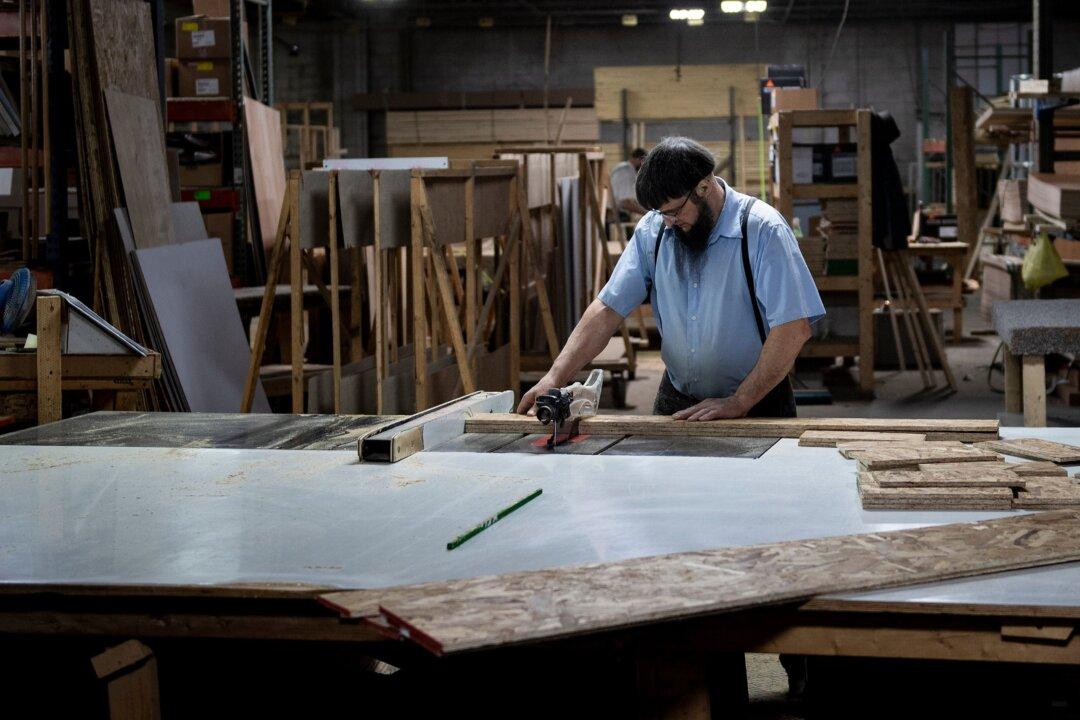The American economy expanded by 225,000 jobs in January, beating the expectations of economists. More detailed data, however, showed that the 2018 job growth was weaker than expected, leaving room in the labor force for still more expansion.
The job growth was strongest in construction, but also solid in hospitality, healthcare, education, transportation, and warehousing. The total handily beat the 160,000 payroll rise forecast by economists polled by Reuters.





